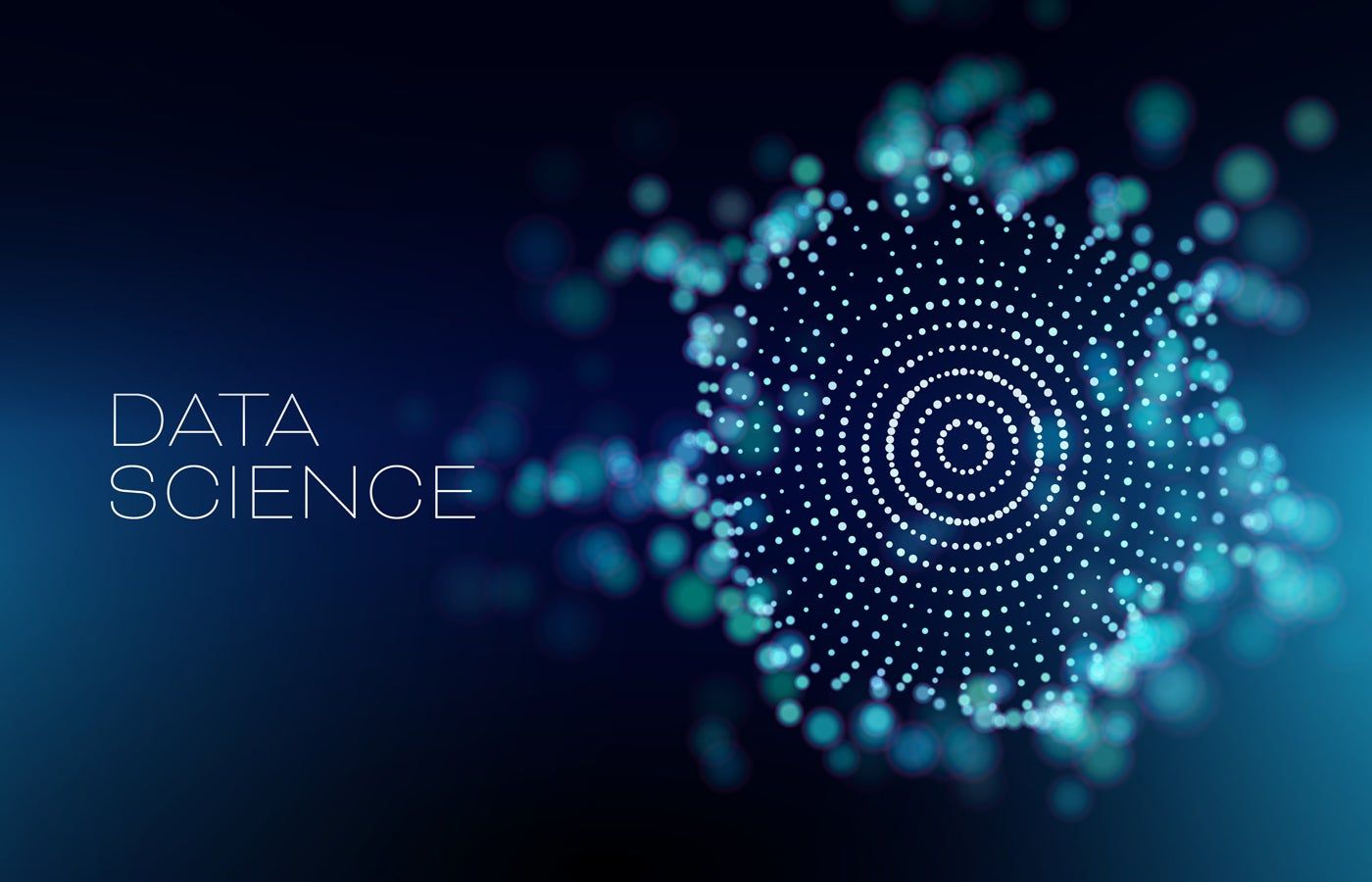| Benefits | Challenges |
|---|---|
|
|
Data science combines statistics, science, computer science, machine learning, and other expertise to generate meaningful insights from data, driving better decision making and operational efficiency. Below, we explore the process, techniques, benefits, and challenges of data science. We also highlight key use cases in sectors such as healthcare, finance, and business and discuss popular data science tools such as Microsoft BI, Apache, and Python.
Data science process
Data science presents a unique process with several steps. Data scientists must first identify the key purpose of the data being collected and analyzed. Knowing the main purpose of the data is key to analyzing it correctly and asking the right questions. From there, data scientists can generate or collect data from potentially valid sources to gain accuracy and qualitative insight.
Once data has been collected, it must undergo cleaning (which involves correcting errors, removing and filtering duplicates, and finding inconsistencies and formatting errors) to prepare it for analysis. Once the data is analyzed, data scientists can further interpret and report the results using graphical, visual, or narrative patterns to aid decision making.
Data science techniques
As they move through the various steps involved in the data science and analytics process, data scientists can use the following techniques:
Machine learning
The primary goal of machine learning in data science is to build predictive models that learn from improved experience without explicit programming. This is valuable in business workflows because routine processes can be automated to improve decision making and predict future trends.
Statistics
Data scientists use statistical knowledge to analyze, summarize, and interpret data, using classification analysis to categorize data into segments or regression analysis to determine the relationship between data. This is useful in business workflows for tasks such as market analysis, quality control, and financial forecasting.
Data processing
The data mining process involves discovering hidden patterns and relationships in large data sets to identify trends and make better predictions. In business contexts, data mining helps improve marketing strategies, improve product development, and optimize logistics.
Deep learning
Deep learning, a subset of machine learning, involves using different learning methods to train models to detect the right patterns and present results. The goal is to achieve greater precision in tasks. It is especially useful when a business requires high levels of accuracy in tasks, for example, speech recognition, image analysis, and sophisticated pattern recognition.
Data visualization
The main goal of data visualization is to present the final result in a way that others can easily understand to detect patterns and trends. Providing a clear view of complex data is critical to business workflows. Helps stakeholders make informed decisions by presenting data in an intuitive format, such as visual dashboards or reports that highlight areas requiring attention or improvement.
Data science use cases
There probably isn't an industry that doesn't use data science and analytics. For example, in healthcare, data science is used to discover trends in patient health to improve treatment. And in manufacturing, data science supports supply and demand predictions to ensure products are developed accordingly. Of course, these examples are just a sample of what happens.
Business
Data plays a very crucial role in business development and planning. Data science adds value to businesses by providing insights to help make better-informed decisions and discover patterns and trends from the analysis of historical data. For example, in retail, data science can be used to track social media likes and mentions on popular products, informing companies which products to promote next.
Finance
Data analysis has been a huge part of financial intelligence as it plays a very important role in decision making and risk reduction. It helps banks and insurers with credit allocation, fraud detection, risk analysis, customer analysis and segmentation, and optimized financial services. Financial institutions can also use it to offer customers a more personalized financial product.
Science, research and innovation
In science, research and innovation, data plays a critical role in ensuring that research is conducted with concrete evidence and not just assumptions. The use of data has also impacted innovation, which is often a byproduct or end result of all research. Specifically, data helps researchers identify patterns, trends, and correlations that can lead to innovative solutions and discoveries.
Benefits of data science
For all industries, using data to inform business decisions is no longer optional. Companies must turn to data simply to remain competitive. Using various analysis tools such as statistics, numerical and predictive analysis, data scientists can extract insights and transform data from its original form into useful information, which can lead to other benefits such as:
- Better decision making: Insights gained from analyzed data can help organizations make informed decisions that meet the needs of the existing problem and not simply infer a solution without basic validation.
- Measuring performance and increasing efficiency: Data generated from different sources can be used as a measurement tool, allowing companies to leverage data to measure growth and detect obstacles to easily prepare and mitigate them.
- Prevent future risks: Through data science methods, such as predictive analytics, you can use your data to highlight areas of potential risk.
Challenges of implementing data science
Implementing data science can be complex and challenging as it requires extensive domain knowledge. Inconsistency in data can lead to incorrect results and data analysis can be time-consuming. Other major challenges companies face when implementing data science include:
- Data quality: Ensuring data quality and reliability often poses challenges. Therefore, data collection, cleaning, and integration methods are critical steps that require attention to detail to minimize errors and biases.
- Data security and privacy: Ensuring compliance with GDPR, HIPAA, or CCPA regulations can complicate the implementation process.
- Infrastructure and scalability: Data science often requires large computing power and storage. Implementing the necessary infrastructure and ensuring scalability can be challenging, especially for large-scale projects that involve processing and analyzing massive amounts of data.
- Adoption throughout the organization: Convincing stakeholders, such as executives and managers, to invest in data science and incorporate its insights into their decision-making processes can be a challenge.
Popular data science tools
Data science tools can cover a wide range of specific use cases, including various programming languages such as Python and R, data visualization solutions, and even machine learning libraries and frameworks. Some of the top data science tools include:
- Microsoft Power BI: A self-service tool ideal for visualizations and business intelligence.
- Apache Spark: An open source, multilingual engine ideal for fast, large-scale data processing.
- Jupyter Notebook – An open source browser application that is best for interactive data analysis and visualization.
- Alteryx – An automated analytics platform that is best for its ease of use and comprehensive data preparation and blending features.
- Python – A programming language that is best for its versatility at every stage of the data science process.
If you're looking for data science tools to get started, we look at the best data science tools and software to help you discover the right solution for your business.












